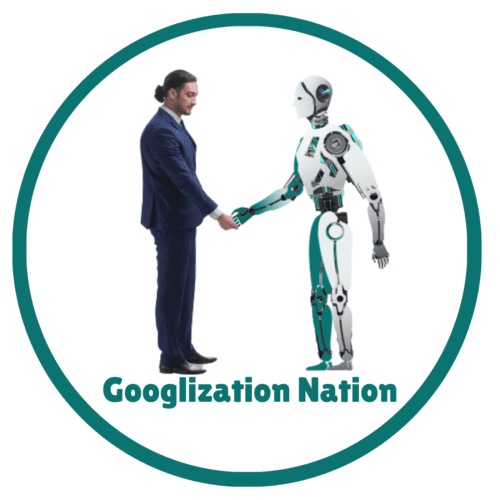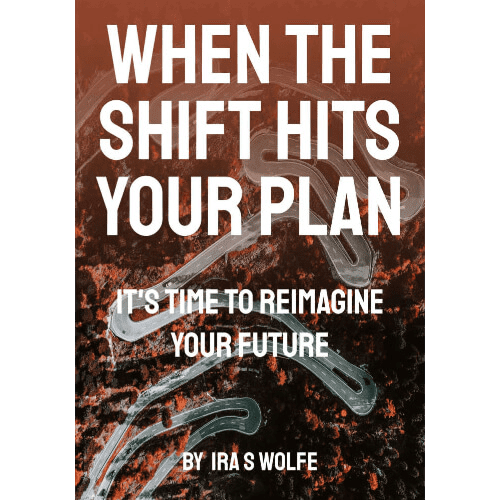Make Inclusion Feel Natural “The Submarine Way”
An Interview with Deb Fortin and John Vincent
SEGMENT #1 – FEATURED GUEST
The survival of humanity depends on inclusion, so claim Deborah Cake Fortin and Jon Gregory Vincent. These authors believe that organically ingraining inclusion in the workplace so that it feels natural is fundamental to success and even our very survival. They are on a mission to change the way inclusion happens in the workplace.
Fortin and Vincent believe that diversity and inclusion are the solution, not the problem, and they are on a mission to help organizations across the world build more equitable workplaces. Fortin combines her years of corporate experience with Vincent’s military career to create a compelling new model for creating diversity, inclusion, and equity in order to not only do the right thing but drive productivity and improve your bottom line.
The submarine Way relies on building a sense of leadership, accountability, and purpose in each individual. This leads to a better internal environment, which translates to a more cohesive organization that can better serve their community and work more effectively overall.
SEGMENT #2 – AHEAD OF THE CURVE
Joyce Gioia turns to the show for another installment of “Ahead of the Curve: Normal 2.0.” This week she is taking on the topic of empathy in the new normal.
LISTEN, WATCH, SUBSCRIBE
Quotes
[12:31] “People are obviously hungry for a solution to work together more effectively, to be productive citizens together towards a common goal.”
[13:44] “We are touching communities, universities, businesses all over the place, and we are really excited about the very tangible difference that we are making.”
[14:51] “Equity and inclusion is much more than the right thing to do, it is actually the most powerful driver of productivity–when it’s done properly.”
[15:05] “Good luck recruiting a diverse population if you don’t have equity and inclusion in your organization.”
[17:13] “Diversity is the mix, and inclusion is making the mix work.”
[24:17] “First you change the mindset, then you change behavior.”
[30:11] “It’s not leadership or inclusion, it’s leadership through inclusion.”
[38:29] “We are in a time where our employees need us to be more for them than we ever had to be before.”
Podcast Notes
Discovering the system [9:20]
Fortin has extensive experience developing diversity and inclusion programs in the corporate world, and Vincent has firsthand experience with extremely inclusive and reliable workplaces on submarines. When Fortin was invited to speak on diversity, she asked Vincent to share his experiences on submarines, because he
Vincent wasn’t convinced that there was any sort of system to create inclusivity on the submarine, so he and Fortin unpacked that workplace and found a five part system that creates inclusion. They identified the “crewmunity” as the essential building block of an inclusive workplace, which is a super-dedicated and mission-oriented crew.
After sharing their five part system with the conference, Fortin and Vincent were followed to their car by people hungry to learn more about how to create inclusion in the workplace. It was then that they decided they needed to do something about it.
To promote equity and inclusion, Fortin and Vincent appeal to the most powerful driver of business: the bottom line. They say that equity and inclusion is beyond the right thing to do–it actually drives productivity in a really powerful way. It’s not just moral and just, it’s a good business strategy.
The submarine way [17:13]
The submarine model helps drive diversity, inclusion, and equity. Diversity is making sure the right people are being involved, and inclusion is making sure that their involvement is working through interdependence and collaboration. Equity means tapping into a person’s talent before anything else–looking at the value they can bring to the mission or purpose instead of their personal identity.
The submarine way relies on reforming organizations internally so they can function better externally. This means fostering better appreciation for each other, adopting talent-based thinking, and developing an identity of leadership in every member of the organization.
Rather than lecturing organizations on how to do better, Fortin and Vincent focus on developing each individual so they can strengthen their internal functioning. Then they can begin to turn that onto the community they are serving, whether it’s a neighborhood, a group of students, clients, or customers.
Learning inclusivity [25:18]
Vincent and Fortin have been proud to see that many institutions that they work with see their trainings as very valuable rather than simply a checkmark or a mandatory training. In fact, they believe that is how it has to be: it is a process that takes time and buy-in from everyone.
They offer courses and trainings of various lengths in order to accommodate each particular client. During these trainings, they focus first on giving organizations the internal routines and vocabulary to begin addressing problems within their group. They then build on these new strengths to impact the community.
To learn more about their method, check out their books The Submarine Way and Up Periscope. You can also set up a time to talk with them, and find them on LinkedIn or YouTube!
Ahead of the Curve: Normal 2.0 [34:02]
“There have been times when I have struggled with people who were supposed to be my leaders and instead they were managing me, and it was because of a lack of empathy.” A lack of empathy can turn effective leaders into oppressive managers because it disrupts that interpersonal connection that is built on seeing from another person’s perspective.
Gioia used the book Empathy from the Harvard Business Review to frame her understanding of empathy. This book discusses three kinds of empathy. Cognitive empathy is the ability to see another person’s perspective. Emotional empathy is the ability to feel another person’s feelings. The empathetic concern is the ability to use empathy to understand what someone else needs from you.
Compassion and empathy are closely related. In fact, compassion is taking empathy to the next level–some people think of it as the most important reason for being on earth. On the flip side, the absence of compassion leads to discord, dysfunction, and conflict. It is truly necessary to foster a functional workplace.
Empathy is also fundamental to marketing and customer experience design. Without an element of empathy from the marketer or designer, potential customers will walk away feeling disconnected and uninterested. Empathy has to come through the data, design, and strategy.







